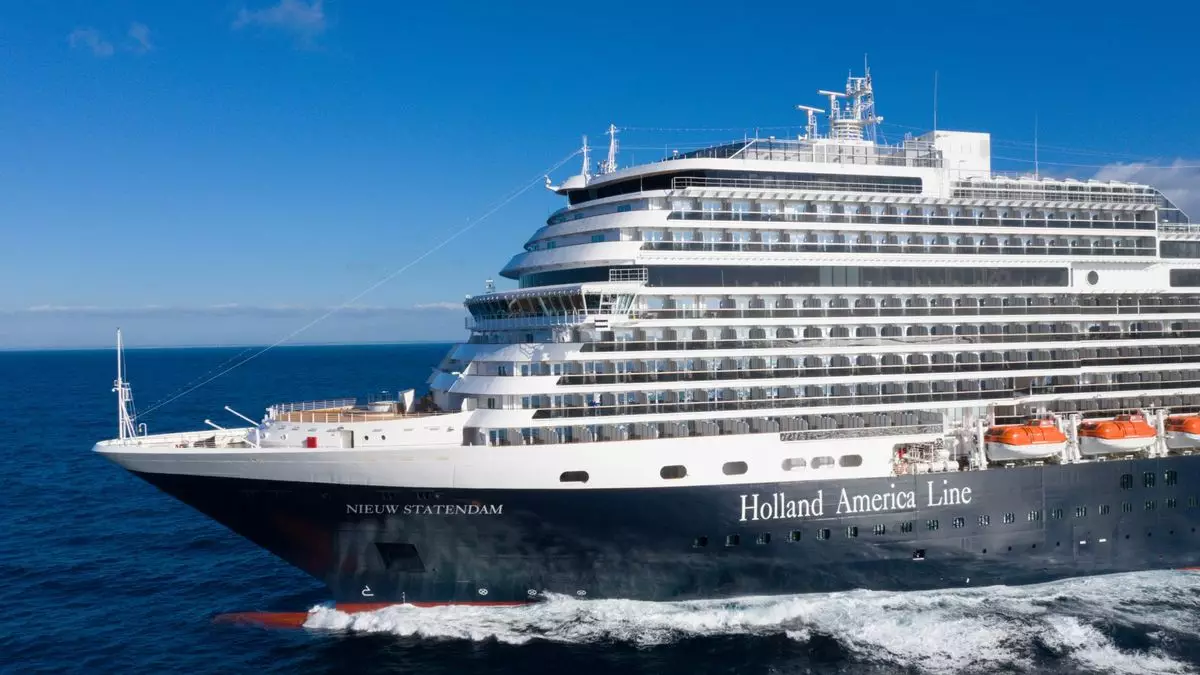Over the years, cruise lines have attempted to combine their brands’ sales teams in an effort to streamline operations and leverage shared resources. However, these unions have often proven to be short-lived. For instance, in the late 1990s, Royal Caribbean International joined forces with Celebrity Cruises, but the partnership only lasted a few years. Similarly, Princess Cruises and Cunard Line became sales partners in the mid-aughts but parted ways recently. Now, it is the turn of Holland America Line and Seabourn Cruises to embark on this journey of integration.
The decision to merge the sales teams of Holland America Line and Seabourn Cruises is based on the desire to capitalize on the strengths of both brands and deepen an existing relationship. For the past decade, HAL and Seabourn have collaborated on charters and incentives while also sharing business development managers. The consolidation is seen as a way to create a powerhouse within the industry and provide enhanced support and consistency to travel advisors who work with both brands.
Optimism and Skepticism
Rob Coleman, the newly appointed senior vice president of North America and Australia sales for the unified sales team, expressed optimism about the change, emphasizing the benefits it would bring to travel advisors. Seabourn president Natalya Leahy also highlighted the potential for synergy between the two brands. However, some industry experts remain skeptical of the move, citing concerns about layoffs and the impact on relationships with travel advisors.
Challenges and Concerns
One of the main challenges of combining sales forces is the potential loss of relationships cultivated by departing staff. Travel advisors who remain with the combined team will have to adapt to selling both brands and building new connections. Geoff Cox, vice president of sales and marketing for KHM Travel Group, views the consolidation as a cost-cutting measure that may have negative implications for the trade. Drawing from his experience with a similar merger in the late 1990s, Cox believes that reducing the number of people working with travel advisors can be detrimental to business relationships.
While the decision to merge the sales teams of Holland America Line and Seabourn Cruises may seem beneficial on paper, the reality of implementing such a union poses challenges and uncertainties. It remains to be seen whether the combined team can effectively navigate the complexities of selling two distinct brands within the competitive cruise industry. Only time will tell whether this partnership will be a success or whether it will follow the pattern of previous sales team unions that struggled and eventually unraveled.

